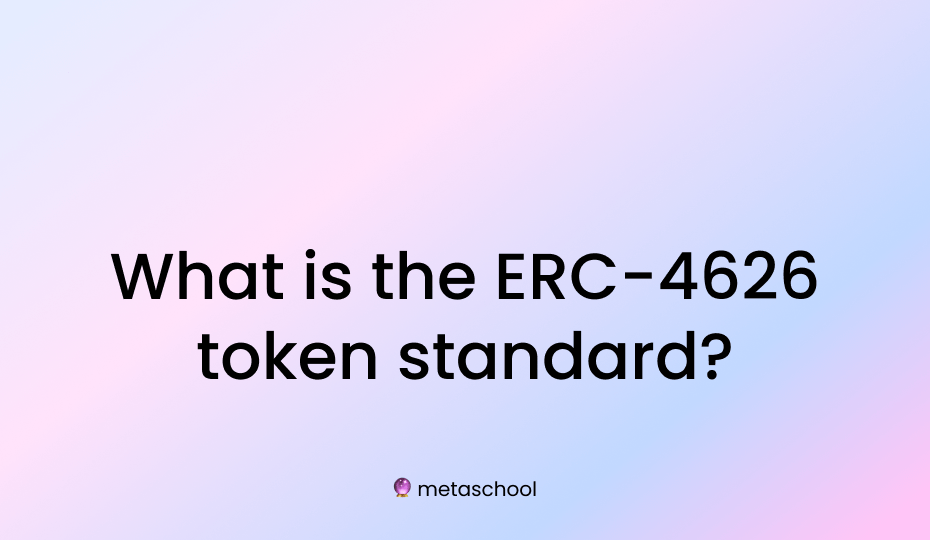Table of Contents
ERC-4626 token standard is an open source token standard designed to make it easier to interact with, manage, store, and trade tokens on the Ethereum blockchain. It was created in 2019 by the Ethereum Foundation and is based on the ERC-20 token standard.
The purpose behind it was to provide a standard interface for interacting with tokens, allowing developers to create applications that can interact with any token that conforms to the standard. It was approved by the Ethereum Improvement Proposal (EIP) process and is now a widely adopted token standard.
ERC-4626 enables users to tokenize real-world assets such as digital art, gaming items, and collectibles. It provides a standard interface to interact with tokens, allowing developers to create web3 applications that can interact with any token that conforms to the standard.
Characteristics of the token standard
The ERC-4626 token standard is an open source token standard that provides interoperability between tokens, allowing tokens to be used together in applications.
• It provides a standard interface for interacting with tokens, allowing developers to create applications that can interact with any token that conforms to the standard.
• It enables users to tokenize real-world assets such as digital art, gaming items, and collectibles.
• It provides built-in support for token transfers between users, as well as token burning and minting.
Check this out too 👇🏼
Features of ERC-4626
The ERC-4626 token standard provides a wide range of features to facilitate tokenization of real-world assets. These features include:
Token transfers allow users to transfer tokens between accounts.
Token burning lets users destroy tokens and permanently remove them from circulation.
Token minting enables users to create new tokens and add them to circulation.
Token freezing allows users to temporarily freeze tokens, preventing them from being transferred or used.
Token vesting enables users to limit the amount of tokens that can be transferred or used by a certain account.
Benefits of ERC-4626
The ERC-4626 token standard offers a wide range of benefits to users. These include:
1. Improved security
The token standard provides stronger security for token holders by making it harder for malicious actors to steal their tokens. This is done by requiring tokens to be stored in a smart contract wallet, making it more difficult for hackers to access them.
2. Transparency
It provides greater transparency for token holders by providing them with more information about the token, such as its total supply, total circulating supply, and total locked supply. This helps investors make better decisions when buying and selling tokens.
3. Simplified codebase
The token standard simplifies the codebase of the token, making it easier for developers to build and maintain applications using the token. This makes the token more user-friendly and reduces development time.
4. Easier token creation
The ERC-4626 token standard makes it easier for developers to create their own tokens. It offers a simplified codebase and a range of options for token holders to customize their tokens.
5. Increased liquidity
Lastly, the standard makes it easier for tokens to be traded on exchanges, increasing the liquidity of the token. This makes it easier for token holders to convert their tokens into other currencies and vice versa.
Comparison with other token standards
ERC-4626 token standard compares favorably to other token standards such as ERC-20 and ERC-721. The recently released standard that is designed to bridge the gap between the ERC20 and ERC721 token standards combines the features of both standards, allowing developers to create tokens that are both fungible and non-fungible.
This means that developers can create tokens that represent interchangeable digital assets, such as currencies, as well as unique digital assets, such as artwork or digital collectibles. This standard is more complicated to implement compared to the other two, as it requires the use of multiple smart contracts to handle the various attributes of the tokens.
Additionally, it provides built-in support for token transfers, burning, and minting, which other token standards do not offer.
